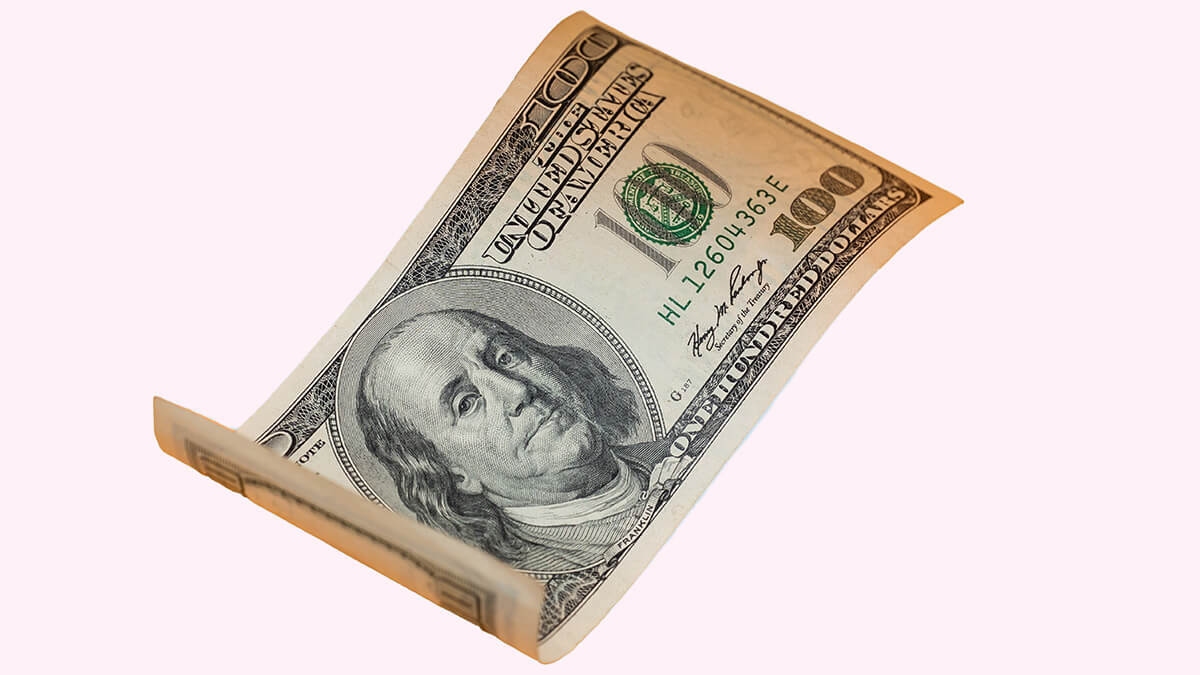It’s critical for a new company to know how much money they spend each month. And, startup owners need to know how long their capital will last before revenue needs to pick up. How can you manage startup capital spending? You can find and track your business’s burn rate.
What is burn rate?
Cash burn involves your business cash flow analysis. Cash flow is the money moving in and out of your business. When you have a positive cash flow, you bring in more money than you spend. A healthy cash flow is positive. When you have a negative cash flow, you spend more money than you bring in.
One accounting tip for startups is to keep your cash flow positive. But as a startup, you haven’t made significant sales yet. Until you start making steady money, you rely on startup capital.
Burn rate measures how fast you spend capital on business expenses before you begin to earn more money than you spend. In other words, your cash burn rate shows how long you can rely on capital before it runs out.
Burn rate measures negative cash flow for a certain period of spending. Usually, burn rate measures your capital spending from month to month. For example, if your burn rate is $4,000, you spend $4,000 per month.
Burn rate doesn’t just measure your capital. Burn rate also measures time. Using a simple formula, you can see how much time you have before you run out of capital.
Calculating burn rate
To find the burn rate, select the period you want to measure. Find the difference between the starting and ending account balances for the period. Then, divide the difference by the number of months in the period. The result is the cash burn rate.
To find the burn rate:
- Starting Balance – Ending Balance = Balance Difference
- Balance Difference / Number of Months in the Period = Burn Rate
For example, let’s look at a five-month period. At the beginning of the period, my account balance was $40,000. At the end of the period, I had a balance of $30,000.Step 1: Find the difference between the starting and ending balances.
$40,000 – $30,000 = $10,000
Step 2: Divide the balance difference by the number of months in the period.
$10,000 / 5 months = $2,000
The burn rate is $2,000 per month.
Cash runway
The cash runway is the amount of time you have until you run out of capital.
To find the cash runway, divide the money left in your account at the end of the period by the burn rate.
Using the previous example, the balance at the end of the period is $30,000. The burn rate is $2,000.
$30,000 / $2,000 = 15 months
The cash runway is 15 months. It will take 15 months for you to run out of capital.
Gross burn rate vs. net burn rate
Burn rate can be separated into two different categories: gross burn rate and net burn rate.
Gross burn rate is the total capital you spend monthly. Gross burn rate includes all your outgoing money.
Net burn rate is the total amount of capital you lose each month.
Gross and net burn rates sound similar. But, there is a big difference between the amount you spend and the amount you lose. Let’s look at an example:
Your business spends $6,000 each month. You make $4,000 in sales each month.Remember, your gross burn rate is the amount you spend. Your gross burn rate is $6,000 per month. No matter what you earn, you still spend $6,000.
But, your net burn rate is the amount you lose. Because you earn $4,000 per month, you only lose $2,000 ($6,000 – $4,000). The net burn rate shows that you have a negative cash flow, since you are earning less than you are spending.
As a small business owner, it’s important to know the difference between the gross and net burn rates. The gross burn rate only shows how much you spend each month. But, the net burn rate shows the big picture of how much money you actually lose each month.
Do you need a simple way to track your small business’s transactions? Patriot’s online accounting software makes it easy to manage your books. Try your free trial today!
This article is updated from its original publication date of July 26, 2016.
This is not intended as legal advice; for more information, please click here.





